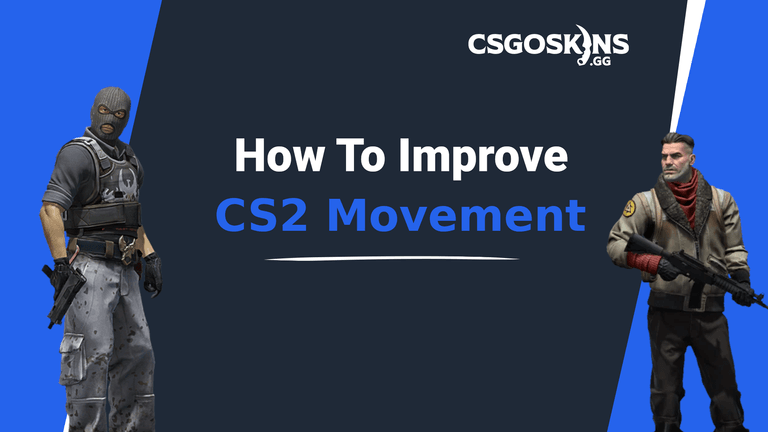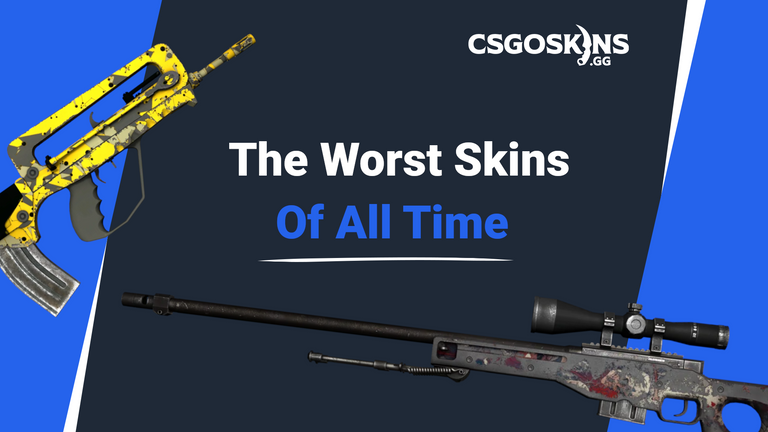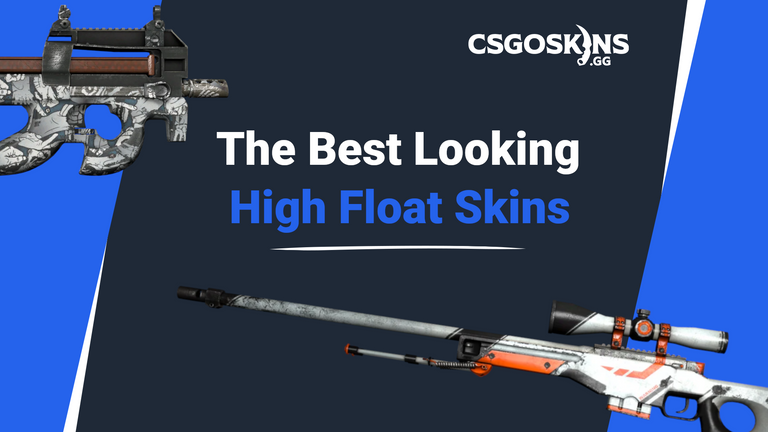Which CS2 Aspect Ratio Is Better - 16:9 Or 4:3?
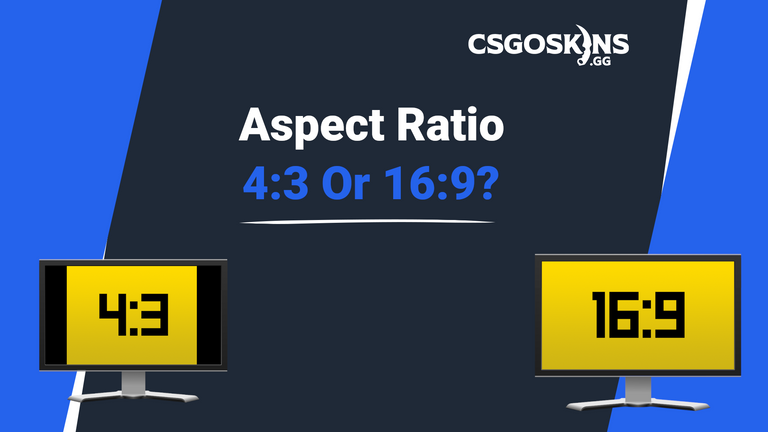
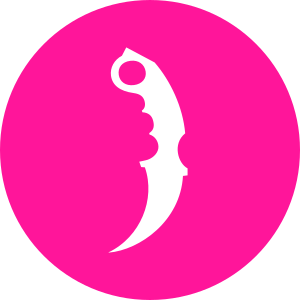
Counter-Strike 2 is a highly competitive title, with players opting to go the extra mile to gain any form of advantage over their opponents. While improving your individual skill should, without a doubt, be your primary focus as a CS2 player, there are certain in-game settings that you can alter to gain a competitive edge over your enemies on the battlefield.
Throughout the years, Counter-Strike players have experimented with various settings in the game to extract maximum performance or provide them with other forms of competitive advantages. While the pros and cons of most display settings are pretty much agreed upon by everybody, there’s one setting in particular that has continued to divide the CS2 community since the dawn of the game’s release - the aspect ratio.
There are several kinds of aspect ratios in CS2 - 16:9, 4:3, 16:10, 5:4, and more - with 16:9 and 4:3 being the two most common ones to be used in the competitive scene. While both 16:9 and 4:3 aspect ratios have their respective pros and cons, debates continue to spark in the Counter-Strike community to this day about which aspect ratio is better than the other.
CS2 Aspect Ratio Guide: 16:9 or 4:3?
Let’s take a moment to dissect the advantages and disadvantages associated with each of the two aspect ratios mentioned above, and try to determine which resolution is ideal for playing CS2.
Aspect Ratio - 16:9
16:9 is perhaps the most common aspect ratio in CS2. It is automatically set by default when a player boots up the game for the first time and looks the best out of all the aspect ratios in the game.
When talking about the advantages associated with using the 16:9 aspect ratio, the most prominent one that comes to mind is the wider POV it provides compared to 4:3 (or any other aspect ratio in the game). Yes, you read that right - using any resolution within the 16:9 aspect ratio (1920x1080, 1280x720, etc.) will make your POV wider and will enable you to see an extended part of the screen that you normally can’t when using other aspect ratios.
For instance, let’s assume that you’re playing on 1920x1080 resolution (16:9) and see an enemy at the left corner of your screen. Now, if you switch to 1024x768 resolution (4:3), you’ll no longer be able to see the same enemy on your screen since the latter has a decreased POV.
This is the primary argument that is presented when talking in favor of the 16:9 aspect ratio, and it’s also the main reason why you may consider switching to it if you haven’t already. The amount of extra information that you get with a wider FOV can often be the difference between winning or losing a gunfight and even a round.
Aspect Ratio - 4:3
4:3 is also an extremely common aspect ratio in CS2, popularized by older Counter-Strike pros for reasons that we’ll get into later.
Now, to restate the obvious disadvantage of using a 4:3 resolution - you will have a lower FOV when using it. However, this is compensated fairly well by other aspects (no pun intended) of this resolution.
There are multiple arguments to make in favor of having a 4:3 aspect ratio over 16:9. Let’s take a look at some of them:
More FPS
This might be the most common reason for people to switch from 16:9 to 4:3. The latter provides a significant boost in client FPS (frames per second) and is almost necessary when playing on lower-end PCs. However, on higher-end PCs, the difference in FPS might be minimal, but many players still opt to play on a 4:3 resolution for the boost in FPS alongside other reasons. The increased FPS makes the game run more smoothly and helps players to have an easier time landing shots on their enemies.
Wider, easier-to-hit enemies
The first thing players notice upon switching to a 4:3 stretched resolution is how easier it feels to land bullets at opponents’ heads. This is due to the fact that the 4:3 stretched resolution makes everything on your screen wider than on 16:9, which is why players often feel that enemies are much easier to hit. However, it’s also important to note that the enemies may also appear faster when moving on your screen as a result of the same. So, if you do decide to switch to a 4:3 stretched resolution, you may have difficulties adjusting your crosshair placement and tracking.
Fewer Distractions
This is also a valid argument many players make in favor of having a 4:3 aspect ratio. As mentioned earlier, a 4:3 resolution provides you with a lower FOV and eliminates the edges of your screen. However, many players consider this to be a pro instead of a con since it allows you to focus on the center of your screen (where most gunfights will occur) and eliminate any unnecessary distractions towards the sides.
Old habits die hard
Many players in the competitive CS2 scene have played CS 1.6 professionally at some point in the past. Back then, a lot of players used to play on CRT monitors, which have a 4:3 resolution by default. This is why, when switching from CS 1.6, the pros continued to use the 4:3 resolution to spare themselves the hassle of adapting to a new aspect ratio from scratch.
Conclusion
Before you try and change your resolutions in Counter-Stike 2, it’s generally advised for players to not reduce the resolution too much as you’ll start to notice a significant reduction in the visual quality of the game. The only time when you should consider going to a resolution lower than 1024x768 is if you have extremely low FPS in the game and want to go to 800x600 (or less) as a last resort.
At the end of the day, the choice of aspect ratios in CS2 is a matter of personal preference. Now that you have a list of the pros and cons of each aspect ratio in the game, you’re free to try out the various aspect ratios and resolutions in CS2 and try to identify what works best for you.
